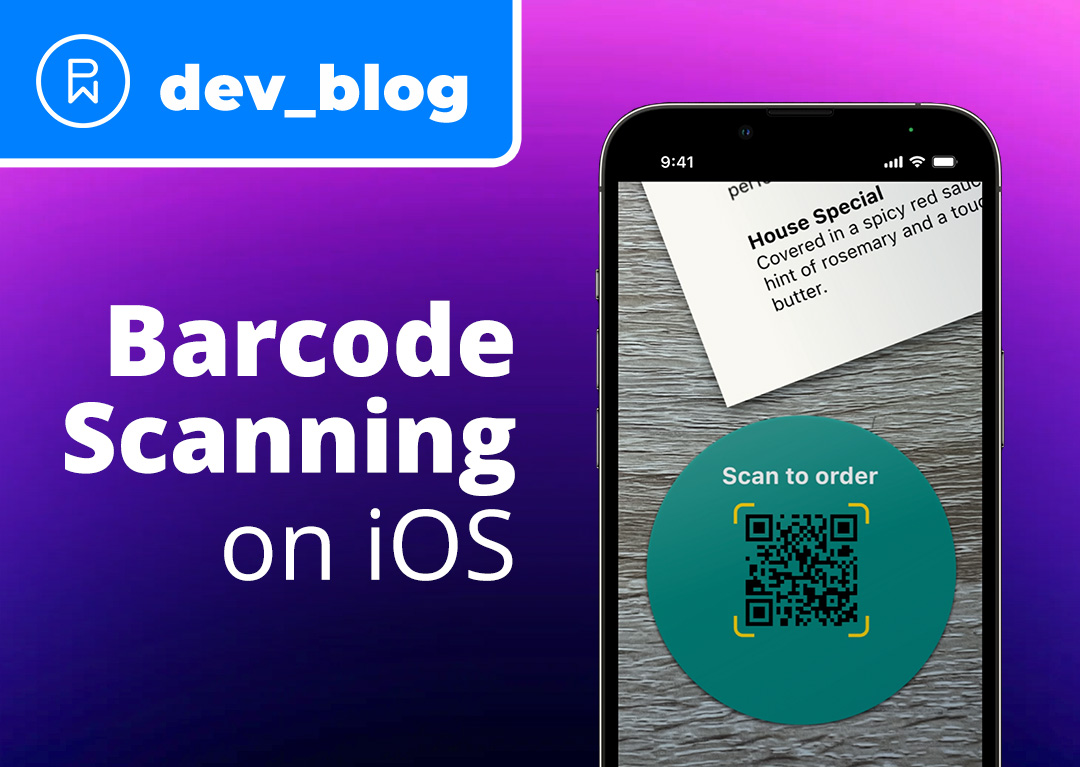Paid or Freemium?
You probably want to make money with your app. But if you’ve dabbled in charging for an app, you may have already learned that the most effective tactics are not always the most obvious ones.
Consider pricing.
Most products and services have a cost. You go to the store to buy bread; it has a cost. You go to the dentist for a filling; that service has a cost. So it’s logical to assume that your mobile app ought to have a cost—in other words, for users to download your app, they should pay you.
That’s a logical assumption—but it’s not necessarily correct. For many brands, the best tactic is to have a freemium app.
What’s freemium? Successful publishers increasingly choose freemium business models, in which the application download is free, but there are ways to make money when users engage with the app. One approach to freemium is to make items available for purchase within the application itself. These could be extra features and functionality, virtual purchases, upgrades, etc. Another approach is to make the free app limited in some way—a small number of game levels or locked functionality, for example. A third approach is to make full functionality available for a limited period of time, say thirty days. After the time limit expires, a user pays a fee to gain full functionality.
Why Freemium Works
Freemium seems counterproductive, doesn’t it?
After all, in many situations, free is almost synonymous with poor quality. Think of the free tchotchkes you pick up at a tradeshow that are made of cheap plastic—the ones you throw out almost immediately when you get home.
But in this case, freemium apps = free distribution + a long-term revenue stream.
As we talked about in the first article from this series, to have a successful app, you have to think about acquisition, engagement and retention. In other words, your first step is to acquire new users. Freemium enables new user acquisition because it removes a major barrier to trying your app.
Imagine going to your favorite app marketplace and seeing two unfamiliar games, with similar features and functionality. One is free, and one costs $5.99. Which are you more likely to download?
Freemium is a friction-free download model. It lets you turn samplers into committed, engaged users by letting them experience your app, become interested in it, and start spending money.
For you, it’s great because you end up with a long-term revenue stream. Users will make purchases for weeks or months to come—and you can boost that stream by offering new purchases over time.
And freemium is a proven approach. Freemium apps have become the dominant monetization strategies for apps, accounting for 95% of Apple App Store revenue and 98% of Google Play Store revenue.
Interested in in-app advertising instead? Read “App Monetization: Advertising and More.”
READ THE BLOG
Exploring Your Options
Maybe you’re still worried about giving your app away. If that’s the case, don’t take our word that freemium is an effective pricing model. There are always ways to explore your options.
- Consider launching your freemium app for a limited time, and then converting it to paid. That approach can let you drive rapid download growth while still giving you an opportunity to make money from paid downloads.
- Create two versions of your app—a freemium and a paid version.
- Look at your competition. Are they using freemium, or are they launching paid apps?
- Take a look at the most successful apps out there to see whether freemium works for them—and then decide if it’s going to work for you.
For more information on other types of app monetization strategies, read “Understanding Monetization Strategies and Why Your App Needs One”.
READ THE BLOG
In our next article, we’ll talk about the next step in the app monetization process: picking the right in-app ad types for your app.










